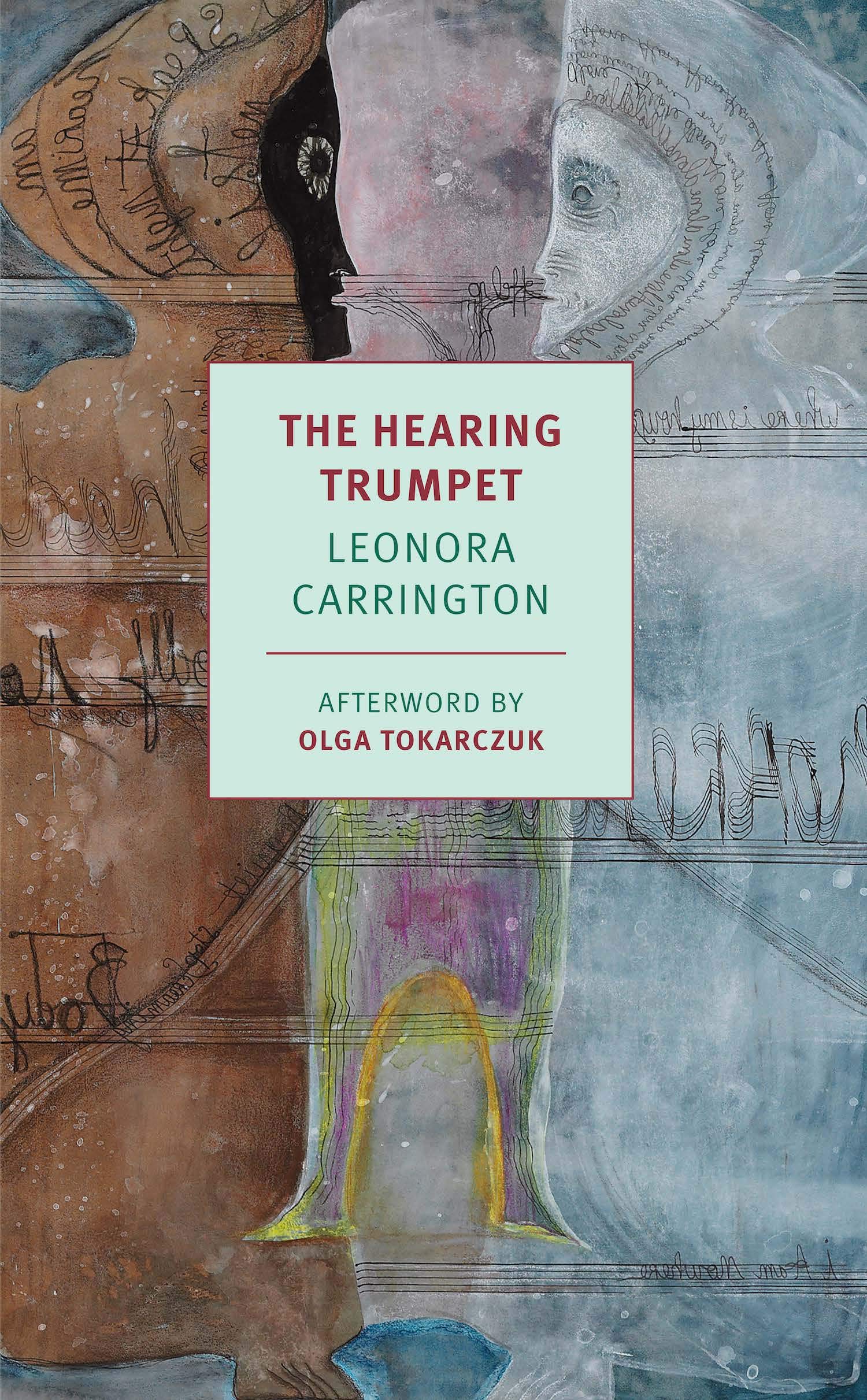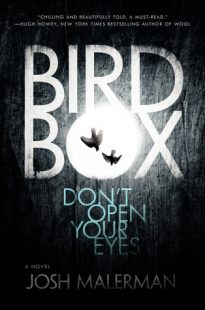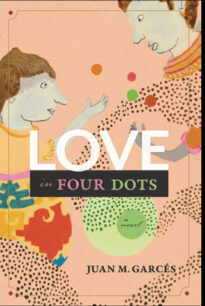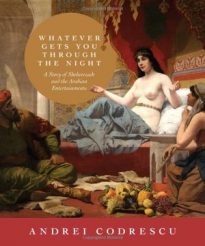The Hearing Trumpet by Leonora Carrington
Leonora Carrington, painter, playwright, and novelist, was a surrealist trickster par excellence, and The Hearing Trumpet is the witty, celebratory key to her anarchic and allusive body of work. The novel begins in the bourgeois comfort of a residential corner of a Mexican city and ends with a man-made apocalypse that promises to usher in the earth’s rebirth. In between we are swept off to a most curious old-age home run by a self-improvement cult and drawn several centuries back in time with a cross-dressing Abbess who is on a quest to restore the Holy Grail to its rightful owner, the Goddess Venus. Guiding us is one of the most unexpected heroines in twentieth-century literature, a nonagenarian vegetarian named Marian Leatherby, who, as Olga Tokarczuk writes in her afterword, is “hard of hearing” but “full of life.” – NYBR
[O]ne of the great comic novels of the twentieth century, The Hearing Trumpet reads like a spectacular reassemblage of old and new genres, the campy, illegitimate offspring of Margaret Cavendish’s romances and Robert Graves’s histories, with Thomas Pynchon’s riotous paranoia spliced in to keep it limber and receptive to the political anxieties of its moment.
—Merve Emre, The New Yorker
The Hearing Trumpet is so inspiring! Free-flowing, spiky imagination. I love its freedom, its humour and how it invents its own laws.
—Björk, The Guardian
Her 1974 novel, The Hearing Trumpet, newly reissued, stands out as something at last truly radical, undoing not only our expectations of time and space, but of the psyche and its boundaries. . . . [A] mind-flaying masterpiece, held together by Carrington’s gifts of wit, imagination and suspense.
—Blake Butler, The New York Times
Paperback. 224pp. 5 x 8 in. New York Book Review Classics.

Leonora Carrington established herself as both a key figure in the Surrealist movement and an artist of remarkable individuality. Her biography is colorful, including a romance with the older artist Max Ernst, an escape from the Nazis during World War II, mental illness, and expatriate life in Mexico. In her art, her dreamlike, often highly detailed compositions of fantastical creatures in otherworldly settings are based on an intensely personal symbolism. The artist herself preferred not to explain this private visual language to others. However, themes of metamorphosis and magic, as well as frequent whimsy, have given her art an enduring appeal.
Book Beat Book Club Pick for May 2021.
$ 15.95





